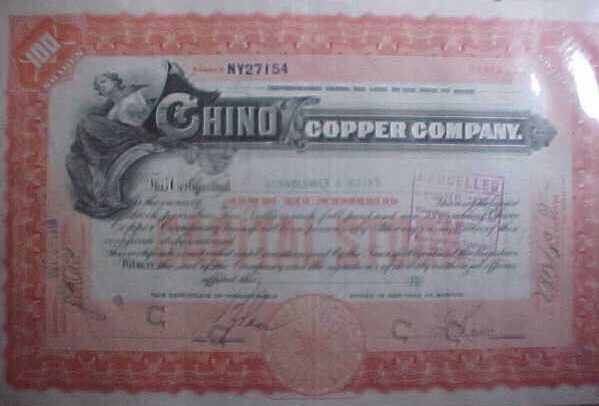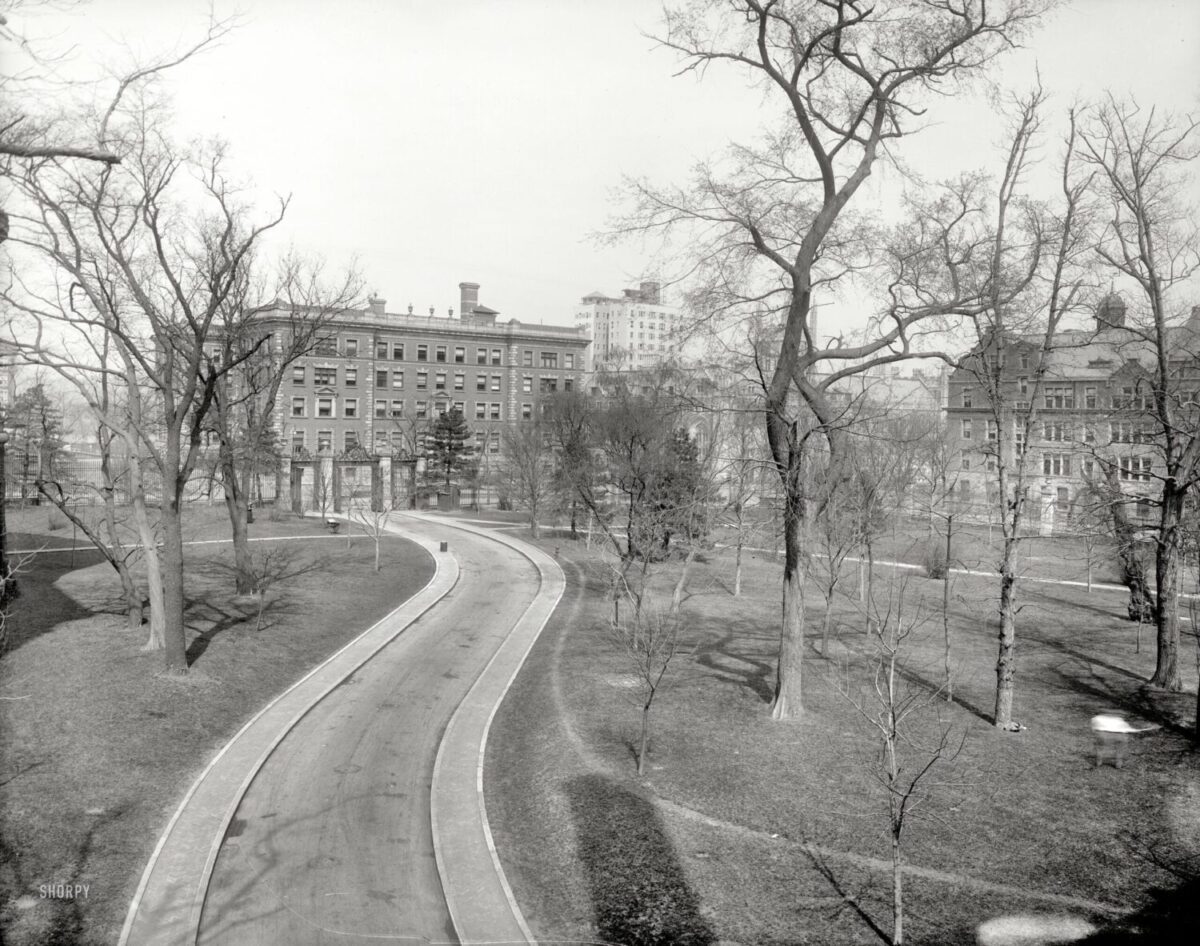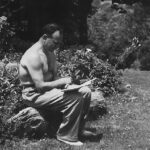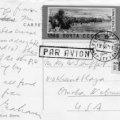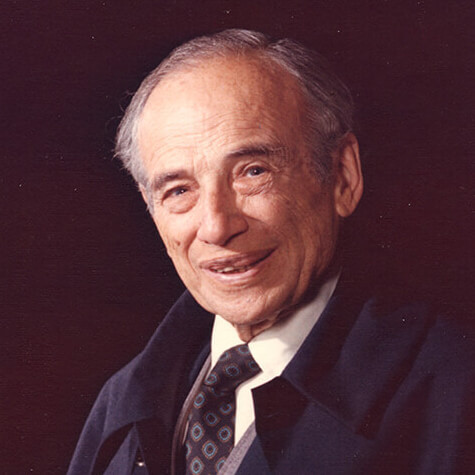Benjamin Graham never slept in an alley or huddled over a grate for warmth like these boys photographed on Manhattan’s Mulberry Street by social reformer Jacob Riis. Yet the fear of poverty shadowed Benjamin Graham’s formative years, creeping into every facet of his boyhood. Fear of money running out, fear of homelessness, fear of hunger. Fear of a blow his mother might not survive. Ben’s father died suddenly when he was eight. He almost never shared a warm moment with his mother, but she was all he and his brothers had.
What if something happened to her? Having been raised in Warsaw to be an upper-class lady, Ben’s mother never sought work outside the home, but she did prevail upon her brother Maurice to share his home with them and put food on their plates. Still, money was always scarce. Ben earned what he could, starting at age nine when he eked out two cents per copy by hawking The Saturday Evening Post at the 116th Street elevated line.
Shaky Roof Over His Head
Residing with Uncle Maurice, whom Ben called “as ill-tempered and tyrannical as he was intellectually brilliant,” was fraught with strife. In his autobiography, Benjamin Graham: The Memoirs of the Dean of Wall Street, Ben recalls that their living space was so cramped, he had no choice but to do his homework at the dining room table, where Maurice, his wife Eva, and Ben’s mother played cards after the evening meal.
“We were present at many painful scenes at the card table, where my uncle would berate my aunt for some foolish play. She would try to justify what she had done, he would attack her more savagely, and she would burst into tears. Then Mother would rally to her defense and the argument would continue between sister and brother—the language suddenly changing from English to Polish.”
My own mother’s oral histories confirm that these fierce altercations traumatized Ben. I’m quite sure Ben feared his mother’s pugnacity would so enrage Maurice that his uncle would throw Ben and his mother and brothers out into the street.
Ben Faced Hard Truths
We all have a sense of how a disheveled person sheltering in a doorway might have become homeless. Ben Graham was the rare young man employed at a brokerage firm who had looked into that abyss. No wonder Ben was driven to protect himself from risk. Fear never left him, not even when he started earning good money on Wall Street. Fear of fiscal disaster fueled his originality, especially his innovation of Margin of Safety.
Warren Buffett on Ben Graham’s Margin of Safety
What makes me highlight the significance of Margin of Safety? Two years ago, on a spring day in Omaha, Warren Buffett extolled it in his first conversation with me. He said that Benjamin Graham made a “huge difference” in his life. Mr. Buffett went on to say that my grandfather’s “two most important ideas—ideas that are the basis of everything—are Margin of Safety and [that] ownership of stock equals ownership of a business.” I felt fantastically fortunate to hear Mr. Buffett speak these words to my husband and me in a handsome conference room in his Berkshire Hathaway office, but I didn’t yet understand their import.
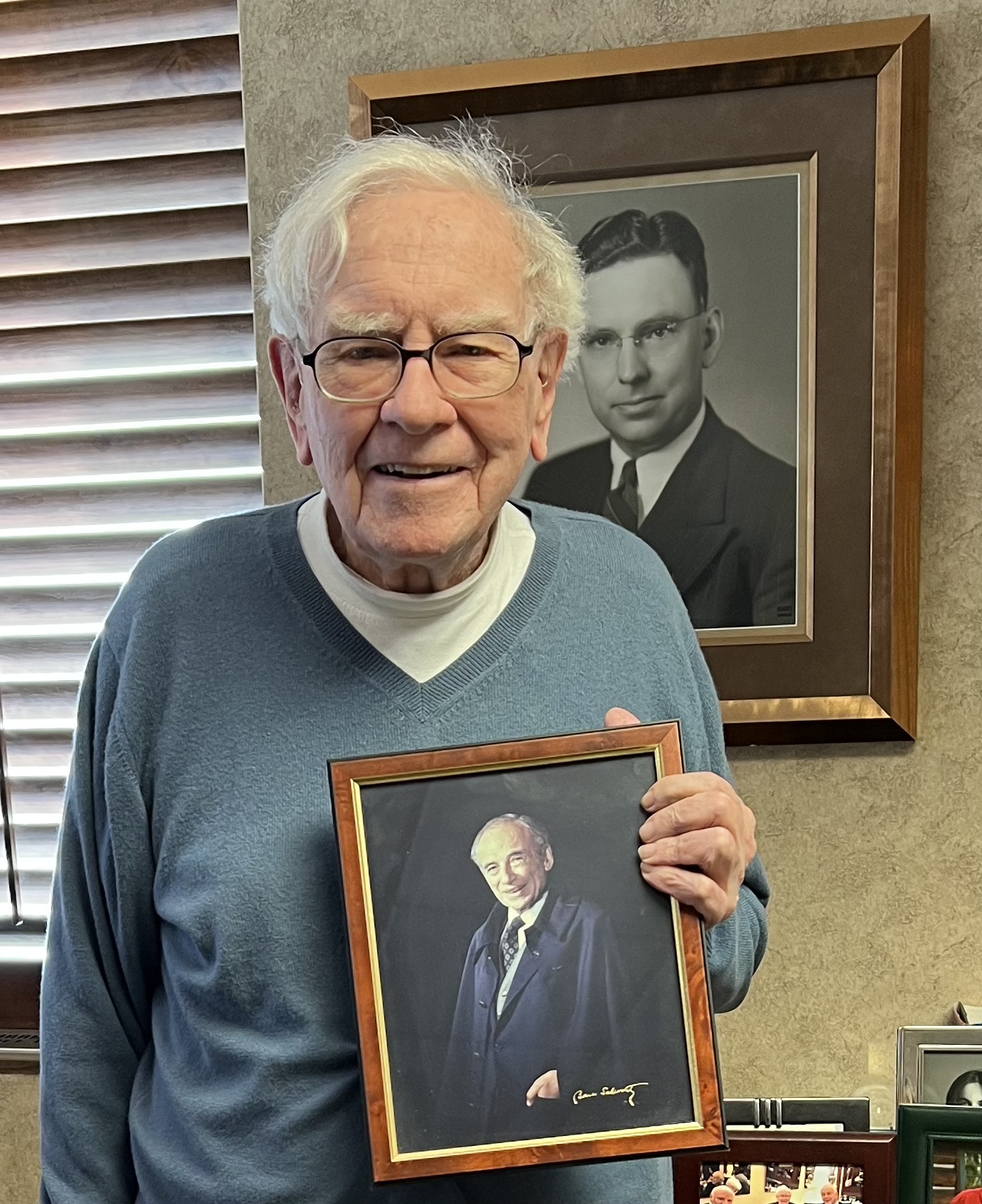
I willed myself to contain my excitement so that I could register every detail: the blue of his V-neck sweater, the cerulean blue of the Nebraska sky, the heartfelt affection for my grandfather shining in Mr. Buffett’s eyes. I’ve since come to realize that in order to probe the mystery of Benjamin Graham’s invention of value investing, I must explore how crucially important Margin of Safety was to Ben.
What Is Value Investing?
Value investing is a methodology for discovering stocks and bonds that are priced well below their true value. In a nutshell, value investing consists of shopping for high-quality Wall Street bargains. Mr. Buffett’s second “important idea”—that buying a stock is equivalent to becoming part owner of a business—forms the basis for value investing. A value investor analyzes a company, investigating its earnings, assets, debts, and the like, to determine what its shares are worth—i.e. their “intrinsic value.” According to Columbia Business School’s value investing history, “Graham and Dodd’s security analysis principles provided a rational basis for investment decisions.” Security analysis gave Ben the means to determine intrinsic value.
What Is Margin of Safety?
By emphasizing its significance in our discussion, Warren Buffett impelled me to look closely at Margin of Safety. Value investors start by using security analysis to calculate intrinsic value—that is, how much a stock or bond is worth. Then they compare the stock’s intrinsic value with its current price on the New York Stock Exchange. The Margin of Safety is the percent difference between the two. If a stock sells for $15 and its intrinsic value is $20, the Margin of Safety is twenty-five percent. If a stock sells for $15 and its intrinsic value is $30, the Margin of Safety is fifty percent. The higher the Margin of Safety, the better the chance that errors and bad luck won’t cause the buyer to lose money on that investment. A high Margin of Safety shields the investor from the risk of financial loss. Ben elevated this idea by naming Chapter 20 of his classic The Intelligent Investor “Margin of Safety as the Central Concept of Investment.”
Insecurity Dogged Ben’s Youth
Margin of Safety had its origins in Ben’s early life. Picture a Jewish immigrant boy who sailed to America at age one and saw his father Isaac succeed beyond all expectations. Isaac’s New York branch of the family china business, Grossbaum & Sons, brought in enough income to support a family of five in New York and countless relatives in London. At age six, Ben moved to a four-story brownstone in fashionable Harlem. Ben’s mother Dorothy employed a cook, a maid, and a French governess. Dorothy shopped in the lively commercial district on 125th Street while her house staff cooked the meals, cleaned the house, did the laundry, and took care of her sons. Ben’s mother never had to wash a dish or put her boys to bed. The Grossbaums—their name before they changed it to Graham in 1914—lived at a level of affluence inconceivable for working people today.
The death of his father shattered Ben’s world. The three boys—Ben, eight; Victor, nine; and Leon, ten—hadn’t known that their mostly-absent father had suffered from pancreatic cancer while working at a furious pace to support his large extended family. Now Ben’s father was gone. His Manhattan china business collapsed. Ben’s mother sold off their belongings and failed twice at running a boardinghouse. Ben had lost his father, lost the governess who’d taken tender care of him, lost his house, his school, and every comfort and reassurance he had known, except his mother and brothers. Financial security, and any semblance of emotional security Ben had derived from having two parents and attentive servants, simply vanished. One minute his family was living the American dream, the next minute they were penniless.
Boyhood Investment Trauma
Four years after she lost her husband and breadwinner, Ben’s mother’s financial state became even more precarious. Dorothy had managed to save $5000 (worth $172,000 today), perhaps from the sale of the family’s valuable Sèvres vases. She invested her last $5000 with a “friend” who, rather than purchase shares of U.S. Steel in her name as he purported to do, stole all her money in a corrupt bucket shop swindle. This “friend” claimed, and Ben believed, that his mother lost her life savings in the Panic of 1907. At thirteen, Ben was old enough to remember the surge of optimism he felt each time U.S. Steel posted gains in the financial pages. He also vividly remembered his mother’s devastation when she lost everything she had saved.
Benjamin Graham grew up to be a man who never wanted anyone—certainly not a widowed mother of three—to suffer a crippling financial loss on the stock market. Out of Ben’s distressing early experiences, Margin of Safety was born. Ben possessed a fierce urgency to invent a safer style of investing in the perilous territory that was Wall Street. Value investing, with its reliance on Margin of Safety, gave him an approach that proved more impervious to risk that any of his brokerage firm colleagues imagined possible.
Ben’s Burden
Ben’s mother never did get back on her feet financially. Ben faced the growing realization that it was up to him—the son with the wherewithal to earn a college scholarship—to save his mother from lifelong privation. Margin of Safety became the antidote to financial trauma. Ben could use his powerful brain to analyze a stock, determine its Margin of Safety, and reduce the risk that he’d ever be broke again. I find it moving to contemplate how soul-healing Ben’s development of Margin of Safety must have been. How much it meant to Ben to be able to invest, and to educate others how to invest, with a greater degree of confidence than ever before.
Benjamin Graham’s Abject Failure
After his arbitrage success with the Guggenheim Exploration company, Ben’s former English professor, Algernon Tassin, enlisted Ben to manage an account for him—an account in which “the profits and losses were to be equally divided between us.” Young and unseasoned, Ben Graham did not embrace a cautious approach. Ben recalls in his Memoirs that “beginning with a so-called peace scare in the fall of 1916, and continuing for a year after we entered the war in 1917, security prices suffered a persistent decline.” The 1917 market decline caused the Tassin account to go “down in the general weakness.”
“The account remained under margin and was frozen. I had a debt to the account which I could not repay; what was worse was that my management of Tassin’s capital had failed abjectly. I recall spending one of my lunch hours walking around the financial district in bleak despair.”
Ben confessed his failure to Tassin, who was shaken at the news. Tassin suggested that Ben pay $60 per month—all Ben could afford—“until my deficiency was made up.” Ben paid that amount for two years, until the market and Tassin’s account both recovered.
“Tassin retained his confidence in me—though it would seem undeservedly. In later years I was able to build his fortune to quite a respectable figure.”
According to Richard Phelan’s Forbes Greatest Investment Stories, “Tassin’s continuing trust in Ben made him a rich man.” Benjamin Graham never forgot the terrible feeling of losing his client’s money and incurring an onerous debt. This setback fueled his imperative to develop Margin of Safety.
Ben Graham Made a Killing
Ben Graham was not immune to the temptation to make a profit hand over fist. A colleague got Ben in on the ground floor of Savold Tire, a company “which had patented a new process for retreading automobile tires.” The year was 1919 and automobiles were ascendant. This advertisement for another company promoting its retreading process, published in the Atlanta Georgian, illustrates that retreading was becoming a widely accepted practice.

Fraser & Hume Co. ad for retreading tires the “Dri-Kure” Way, Atlanta, Georgia, March 16, 1919. Their motto: “Retreading with a conscience.”
Ben invested $5000 in Savold Tires at the price of $10 per share.
“As if by clockwork or magic, a few days later trading began in the shares at $35, amid considerable excitement. Before the week was out, I had received a check for some $15,000 in return for my $5000.”
Wow. Ben’s $10,000 profit is equivalent to $182,430 today—a hefty sum for a week’s investment. Ben sensed something was amiss but couldn’t resist wanting more.
“In spite of my innate conservatism and commonsense understanding that operations of this kind were essentially phony, cupidity ruled me. I eagerly sought out other deals of this kind, and so did a few friends with whom I’d communicated the glad tidings.”
Oxford defines “cupidity” as “greed for money or possessions.” Ben confesses in the Memoirs that he was “capable of doing foolish things.”
“The price of Savold Tires kept advancing. A large electric sign quickly appeared on Columbus Circle, which first flashed “SAVE,” then flashed “OLD,” and then deftly combined the two words into “SAVOLD.”

Stock Certificate for twenty shares of New England Savold Tire Company, Delaware, 1919. Share price: $25.
Who can argue with embossed stock certificates and a dazzling sign beaming from the corner of Broadway and Central Park West? Savold appeared to be the tire company of tomorrow.
Ben and his group invested $20,000 in New York Savold Tire. They bought in at $15 and $20 a share, and the price “advanced to a high of $60.” In May of 1919, right around his twenty-fifth birthday, Ben received “a fat check for our investment plus 150 percent in profits.”
Ben Graham’s Biggest Mistake
Opportunity knocked again, this time to invest in Pennsylvania Savold Tire. Ben and three wealthy brothers, one of whom had been Ben’s schoolmate, “sent over $60,000.”
“The promised day arrived but trading didn’t begin…Suddenly a complete debacle occurred in the Savold markets. The parent issue fell to 12 ½!…Then the coup de grace was announced: ‘No bid for any of the Savold issues.’ After October 4 all three companies disappeared completely from the records—as if they had never existed.”
The company turned out to be a fraud, its stock worthless. Savold Tire disappeared from the following year’s financial manuals without a trace.
To lose $60,000 in 1919 was equivalent to losing over a million dollars in 2025. Ben didn’t waste any time. He formed a committee to represent the “victims” and hightailed it to the office of the “arch-promoter who had managed all these flotations” and then “diverted our money to other uses.”
“I still remember the beautiful blue shirt and expensive cuff links he wore at our meeting.”
Ben made sure the promoter didn’t buy many more shirts with their money. He got the promoter to give them “about 10 percent of our contributions in cash and certificates for shares of companies he had been promoting.”
“In one way or another we managed to sell some of these, and finally returned about 33 cents on the dollar to our respective groups.”
How skillfully Ben Graham, age twenty-five, handled the promoter and managed to recoup a third of the original investment. Not bad for a young man who had scant experience dealing with crooks.
Richard Phelan, a contributing editor at Forbes, offers incisive commentary on Ben Graham’s investment blunder:
“A chagrined Graham had done no homework on the issue—a lamentable breach of the advice handed down in a series of pamphlets (‘Lessons for Investors’) he had been writing for Newburger clients. Graham had put heavy emphasis in the pamphlets on the need to search for intrinsic value priced well below the market.” Richard Phelan, Forbes Greatest Investment Stories, Wiley, 2004
Losing a bundle on an investment he had failed to analyze proved a humbling experience for Ben. He would never make that mistake again. He would make other errors and take a huge financial hit in the Crash of 1929, but that’s a story for a future post.
From this day on, Benjamin Graham would do his homework. He would use his mathematical prowess and statistician’s savvy to analyze any stock he was considering before he invested or advised his clients to invest. He would only buy shares whose intrinsic value was considerably higher than their market price, to give himself a large Margin of Safety.
Benjamin Graham Gains Momentum
How did Ben Graham fare after his Savold Tire fiasco? In 1923, a group of eager investors approached him to manage an account of $250,000, equivalent to $4,668,713 today. They made it worth his while to leave his brokerage firm, N.H.&L. He left on such good terms that his old bosses agreed to give him an office rent-free if he did nearly all his business through them. He describes his first moves as a twenty-nine-year-old fund manager.
“I limited investments to my standard arbitrage and hedging operations, plus securities I thought very cheap on value. The first thing I did was buy some shares of DuPont…At that time, DuPont was selling for no more than the value of its holdings of GM, so the market was really placing no value on its whole chemical business and assets.”

DuPont Powder Works, Main Office and staff, Haskell, New Jersey, January 1918, courtesy of Hagley Museum and Library.
DuPont was selling well below its intrinsic value because the market disregarded its chemical business and valued it solely on its ownership of General Motors, a leading automaker, though DuPont was diversifying beyond explosives into innovative products. That gave DuPont a nice Margin of Safety. Ben compounded his potential gains by selling short seven times as many shares of General Motors against his DuPont shares.
“DuPont was greatly undervalued by comparison with the market price of General Motors; in due course a goodly spread appeared in our favor, and I undid the operation at the projected profit.”
Benjamin Graham was off to a strong start, on his way to cementing his legacy as the “father of value investing.” I feel sorrow for the challenges my grandfather faced in his youth, yet I’m amazed by how he turned that hardship into a source of creative drive—the drive to invent his most significant contribution to finance: Margin of Safety.

